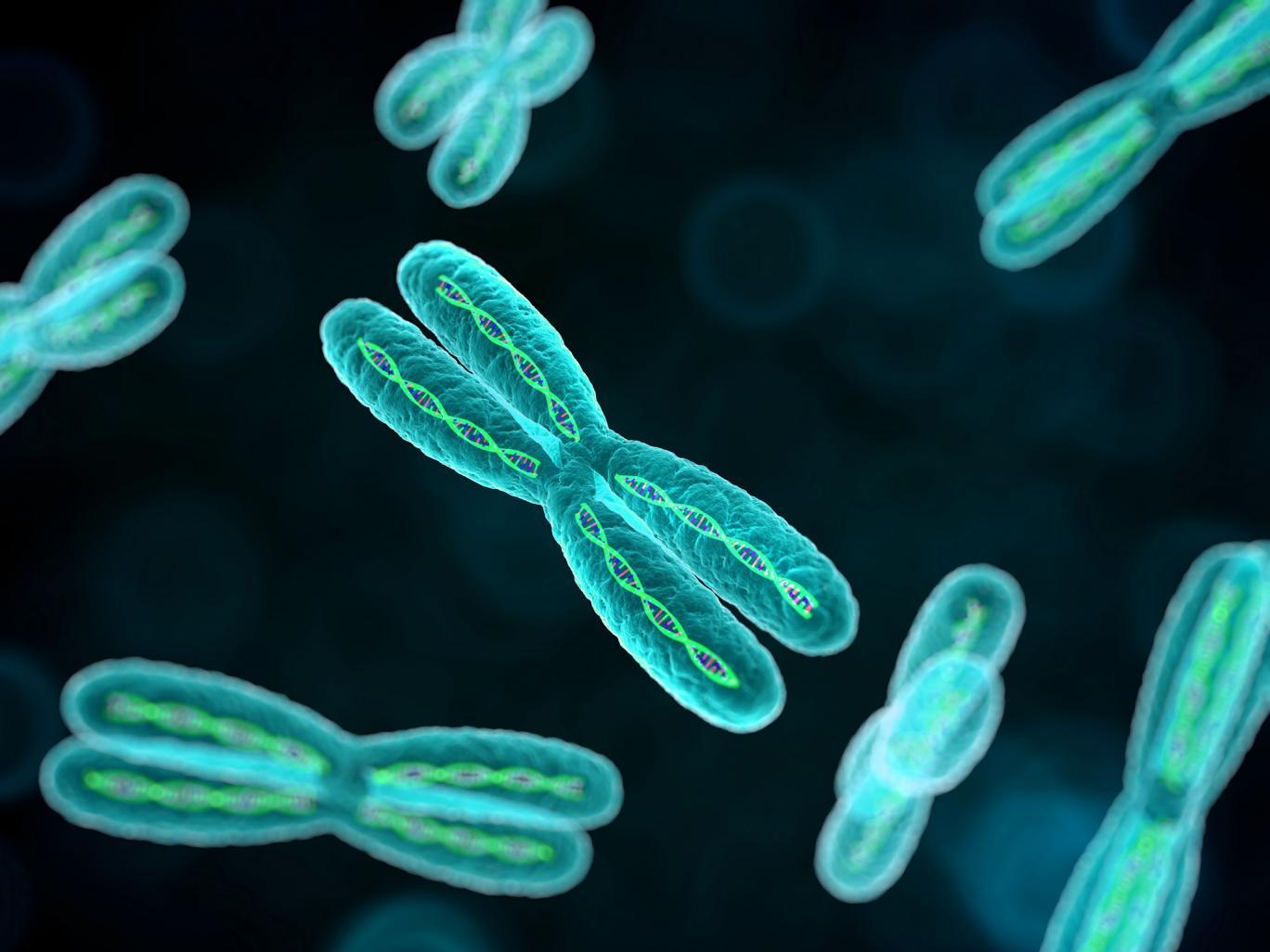
Longevity is a very exciting new field to be involved in today. There are a number of new compounds going through research or trials in the race to slow down aging, ward of age-related diseases and ultimately stop or even reverse aspects of aging. Aging is no longer viewed as just a natural process but can be addressed and tackled like any other disease. When we understand the fundamental mechanisms involved, we can map out the process and intervene through altering certain pathways in the body.
We understand the importance of one of the main mechanisms of aging which is telomere length and how it progressively shortens with age(1). You may ask what are telomeres? They are the protective DNA-protein complexes found at the ends of eukaryotic chromosomes(2). Telomeres are specialised structures that consist of tandem repeats of the hexanucleotide sequence TTAGGG, as well as a protein complex called shelterin. Together, they form a protective loop structure against chromosome fusion and degradation(3). As we age and cells divide through a process called mitosis, telomeres shorten. When they become too short, this blocks further cell division and induces senescence (loss of a cell’s power of division and growth), apoptosis, or oncogenic transformation of somatic cells, affecting the health and lifespan of an individual(1)(4). Telomeres not only shorten with age but may be further shortened in response to external stress and damage.
There are a few compounds being studied right now for their ability to help stop telomere shortening and even lengthen them, which would in theory help halt or even reverse this aspect of the aging process. Popular ways to address this is through peptide therapies, which I will cover in the near future, but today I want to go over a natural compound extracted from a herb called cycloastragenol (CAG) that is being studied for some of its incredible abilities.
CAG is a triterpenoid saponin compound and a hydrolysis product of the main active ingredient in Astragalus membranaceus herb(5). There is an increasing body of evidence which indicates that CAG has a wide range of pharmacological functions that has attracted attention from the research community.
A number of studies have shown that CAG activates telomerase (an enzyme that repairs the telomeres), this then lengthens telomeres in a telomerase-dependent manner. Therefore CAG decreases the percentage of critically short telomeres and DNA damage in the cell(5). CAG may activate telomerase and other cellular effects by activating the Src/MEK/ERK pathway(5). Aging also increases the dysfunction of the immune system, weak immune systems lead to an increased susceptibility to infections, which accelerates the process of senescence. CAG enhanced both CD8(+) T lymphocytes and CD4(+) T lymphocytes, telomerase activity and proliferative capacity. CD8(+) T lymphocytes from HIV infected human donors treated with CAG showed an increase in telomerase activity, modest retardation of telomere attrition, increased in proliferative potential of CD8(+) T lymphocytes, and enhanced cytokine/chemokine production, which increases antiviral potential(5). By the increase of telomerase activity this not only lengthens telomeres but also increases aspects of the immune system, demonstrating that CAG may be an important compound in decreasing the aging process.
CAG also has amazing effects on other systems in the body. It can improve skin fitness and wound healing via stimulation of telomerase activity in human keratinocytes(5). In addition to its wound healing properties, CAG promotes recovery from brain injuries. Neural stem cells are vital for brain injury recovery, CAG has shown to increase the proliferation and improves survival in neural stem cells(5). Furthermore, CAG reduces neuron apoptosis, improves nerve function and reduces cerebral infarction volume, these functions are related to increasing expression of TERT(5).
Apart from it already amazing ability to increase telomerase (which lengthens telomeres), improving the immune system, wound and brain healing effects, CAG also has antioxidant and anti-inflammatory properties. This compound helps move biology toward a more ‘youthful’ profile while improving biomarkers of metabolic, bone and cardiovascular health, such as fasting glucose, insulin, cholesterol, blood pressure and bone mineral density(5).
I would highly recommend CAG for anyone looking to boost their overall health and ward off age related illnesses. There is an abundance of benefits that come with increased telomerase activity that CAG provides, along with its great safety profile. It may be hard to find on the market right now as it’s a novel compound, although if you purchase Astragalus membranaceus extracts it will contain CAG within it. This compound is definitely one to look out for!
Written by Luke Pavasovic
Director and Naturopath at Alchemic Health
facebook.com/alchemichealth
www.alchemichealth.com
References:
1. https://www.ncbi.nlm.nih.gov/pmc/articles/PMC3370421/
2. https://www.ncbi.nlm.nih.gov/pmc/articles/PMC1693310/
3. https://pubmed.ncbi.nlm.nih.gov/30779012/
4. https://www.sciencedirect.com/topics/neuroscience/telomeres
5. https://www.ncbi.nlm.nih.gov/pmc/articles/PMC6122403/